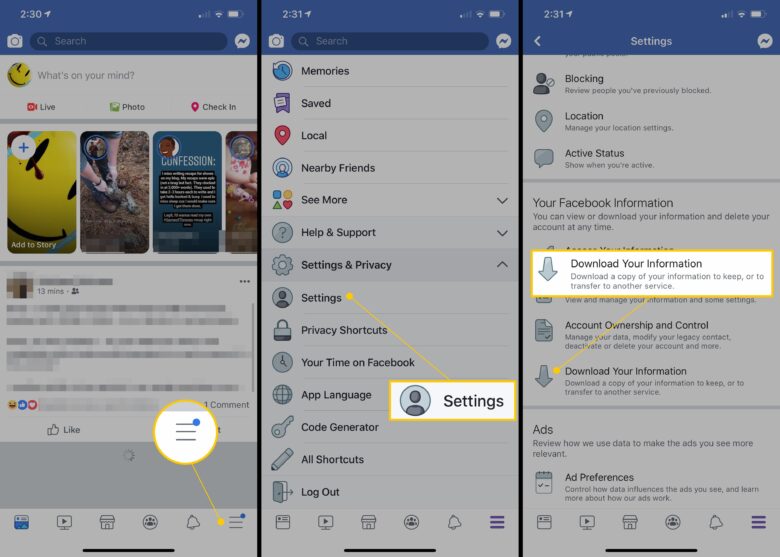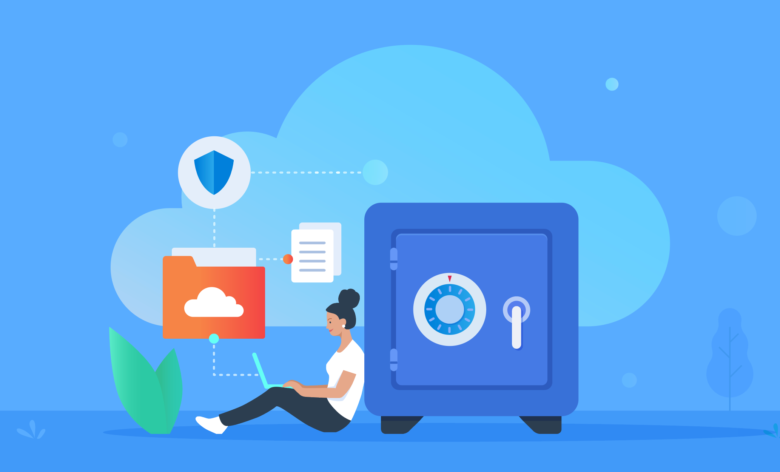We live in a world where social media is an integral part of almost everyone’s life. We spend hours online every single day and that has led to most of our life ending up on our social media accounts. What we chose to share with our friends and family is often a picture or a video. Even if we have something to say, chances are, it’s going to be said in a form of a long caption under a photo or a video. It has become a norm for us to share photos of ourselves, our friends, pets, food, fun nights in nightclubs, or afternoons with our grandparents.
Unlike our grandparents, or parents for that matter, most of us don’t have a photo album with all our memories safely stored somewhere in a closet. Days of opening up an old cardboard box and pulling out a couple of photo albums and reminiscing about the good old days are essentially over. We still reminisce though, just in a slightly different manner. All we do is pull out of phones, browse through a couple of folders or do a couple of swipes and there it is, a picture or a video of that time and place you wanted to talk to about.
However, what happens if you decide to leave social media. Since we all switch our phones after a year or two, we don’t have all of our photos on our devices, they’re online. How are we going to look at them again if we decide to deactivate or delete our Facebook or Instagram accounts? Not only that, you could accidentally delete some of them, or your account could be hacked. It’s unlikely but not impossible. What can we do in those moments? We don’t want to just say goodbye to our cherished memories, we want to hold on to them forever. Well, there is a way for you to back-up all of your social media content so you don’t have to worry about losing it. Today, we’re going to talk about that precisely.
1. Facebook back-up

Most of us consider our photos our most valuable digital possession, yet, not a lot of us have a back-up in case something goes wrong. Like in most situations, it’s really smart to put all of our eggs into one basket, however, knowing it doesn’t stop us from doing that exactly.
Facebook, chances are, you’re using Facebook for at least 10 years and that is a long time. A lot of stuff has happened in your life and most of that is noted on your Facebook page. Whether those are pictures form a summer vacation you took in your high school days or a fun video from that camping trip you took a while back, you’d want to hang onto it for as long as possible. So, how do you make sure you never lose it? Easy, you download a copy of all your Facebook data and store it somewhere safe.
Unlike many other social media platforms, Facebook makes this process incredibly easy. All you need to do is log-in, go the Account Settings, you’ll end up on a page labeled General Account Settings and at the bottom of the page, you’ll see ‘Download a copy’ written in blue lettering. Click on that and verify your account and that’s it. It will generate a .ZIP file of all of your Facebook data that you’ll be able to download and store somewhere safe.
2. Instagram back-up

Even though Instagram is owned by Facebook, it did not have the same option for downloading everything you’ve ever posted for a long time. Additionally, there isn’t even an option to download any post individually. So, if you’ve thought that you could maybe spend hours downloading your images and videos one by one – that cannot be done. However, this has been changed recently. If you go into your Account Settings, under the Security tab, you’ll see a Download Data option that will compile all of your content and create a .ZIP file for you to download. This can take up to 48 hours depending on the number of uploads.
However, there is a way to save your photos and videos much quicker. With the help of the external applications, or third-party apps, such as Ingramer, you can export all of the posted content and download it. This also allows you to download media off of any Instagram profile, not only your own, which is not possible through Instagram alone. So, if you have a favorite food or fashion blogger page, you can save their stuff, too.
3. Twitter back-up

Although Twitter is not considered a platform where you might post a lot of pictures or videos, considering it’s mostly written content that’s posted there, you might have some pictures or videos posted there as well, so, you might want them downloaded. Twitter also allows you to bulk save the content. Once again, you’ll need to go to Settings\Settings and Privacy\Your Twitter Data and at the bottom of the page, there will be an option to download your Twitter data. Once again, it’ll come in a form of a .ZIP file.
Where to store photos and videos? There are a few ways and places for you to keep your photos and videos safe. Let’s start by:
4. Hard drive/External drive

Unlike our phones, we don’t tend to switch out our computer that often. So, creating a folder with all your pictures and videos and keeping that database regularly updated can be a safe way to keep your photos forever. Also, you can keep your data on an external drive. USB flash drives, memory cards, or just a regular external hard drive can be a good fit for you if you have a lot of data and don’t want to fill up your computer’s memory.
5. Cloud

Cloud is probably the safest place for you to keep all your data. Unless and EMP disaster strikes, your data will be safe and sound. There are many options to choose from, from Google Drive, Microsoft Drive, or many others. It’s easily accessible via an Internet connection and the storage capacity is virtually unlimited.
To sum it all up, having a backup is a good idea. It’s always good to have a safety net in case something happens.

